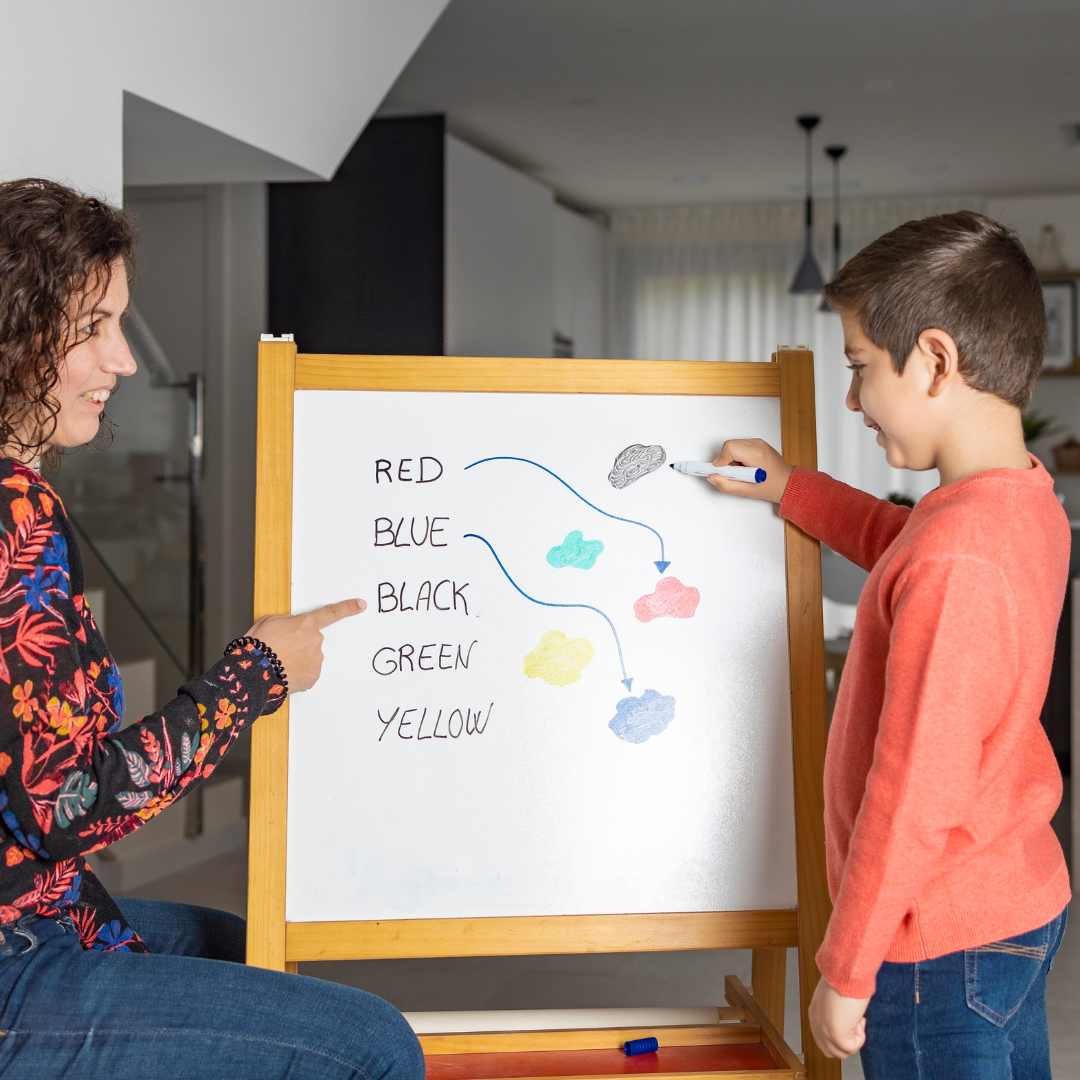3 Practical Tips to Support SEN Learners with Micro-Transitions
For many children with SEN, the space between one activity and the next can feel overwhelming. The good news is that once we understand the impact transitions can have, there are simple tools we can use to create smoother school days.
What is a transition?
The Autism Education Trust defines transition as “any change in an individual’s situation”. We can break this into macro and micro transitions. Macro transitions involve big changes like moving to a new school. Micro transitions are smaller shifts that happen daily - arriving at school, moving between lessons, or changing adults.
Why do transitions matter?
Everyone finds transitions tricky at times. Our brains are wired to seek certainty, which is why change can feel so unsettling. Our capacity to manage change can also vary depending on how much sleep we’ve had, our diet, or level of emotional stress.
For some children with autism, differences in communication, sensory processing, and flexible thinking can make transitions particularly difficult (Autism Education Trust).
How might this look?
DFE Guidance & The SEND Code of Practice share a number of ways anxiety around transitions may manifest. These include:
- Distress
- Outbursts
- Sensory overload
- Emotional dysregulation
- Avoidance
3 Key Strategies for Supporting Micro-Transitions
At Fitzwaryn, we aim to set children up for success as soon as they arrive by creating structured and predictable routines:
- Meet & Greet
Each morning, we meet and greet children from their taxis or parents/carers. We use this time to check in and assess readiness to learn. Using tools like aided language boards, 5-point scales and home school diaries can help with this process. - Morning Slides
I love morning slides because as well as providing structure they brighten up the classroom. Mine reads “Good Morning,” followed by simple visual steps. The first two tasks - coats and bags on pegs, books out - stay the same daily. The third symbol shows the morning task. - Visual Timetables
We use visual timetables every day with the whole class and you can read more about them in my previous blog post on ‘Visual Tools’.
Using These Strategies in Mainstream Settings
Though rooted in SEN practice, these strategies can be beneficial for all children. Research supports the use of routines, visuals, and check-ins to reduce anxiety and improve classroom engagement. Applying them in mainstream classrooms can support inclusivity and emotional wellbeing for all.
What if this isn’t enough?
Even with these core strategies in place, some children may still struggle - and some days will be harder than others. If you're looking to expand your toolkit, my PowerPoint on Managing Transitions is available through your EduDocs membership.
Conclusion
Supporting children with these small transitions can be really powerful. It can help to build trust, resilience, and long term confidence. Every time we help a child navigate a small change, we teach them that change is manageable. These small steps help prepare our children for the bigger changes that are yet to come.




